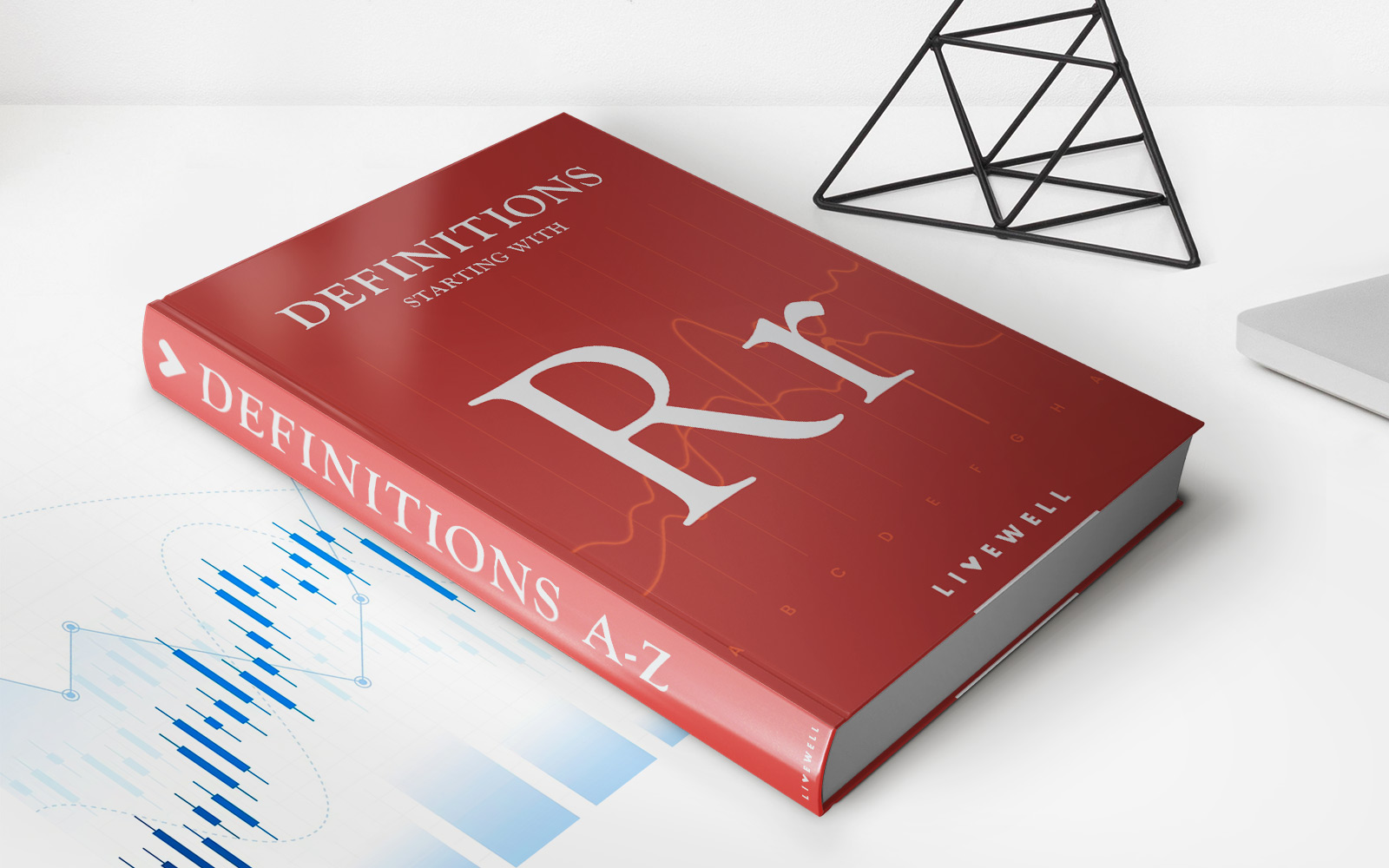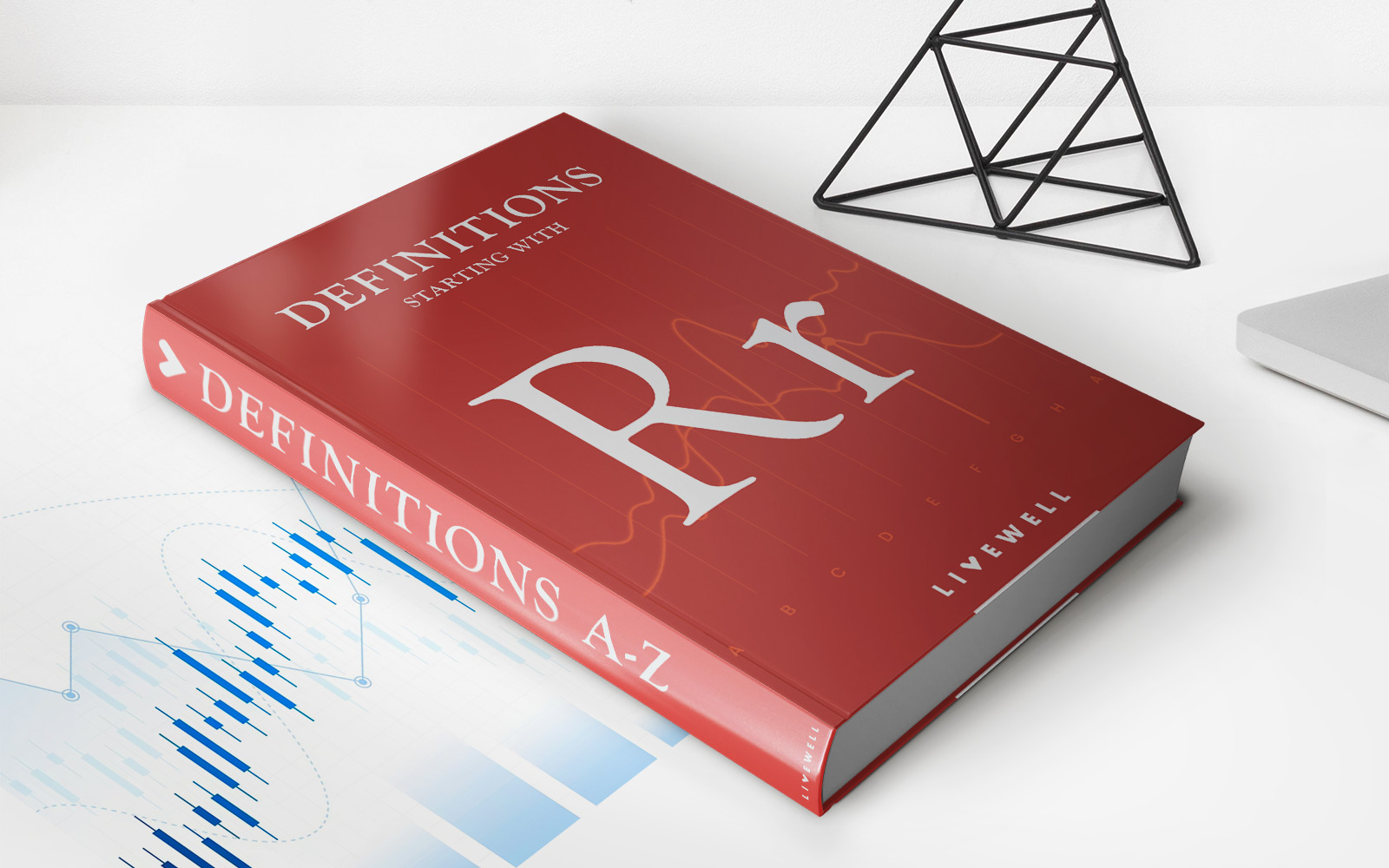Home>Finance>Return On Net Assets (RONA): Definition, Formula, Example


Finance
Return On Net Assets (RONA): Definition, Formula, Example
Published: January 20, 2024
Learn the definition, formula, and example of Return on Net Assets (RONA) in finance. Maximize your financial performance with this important metric.
(Many of the links in this article redirect to a specific reviewed product. Your purchase of these products through affiliate links helps to generate commission for LiveWell, at no extra cost. Learn more)
Understanding Return on Net Assets (RONA)
When it comes to evaluating the financial performance of a company, there are several metrics that analysts and investors rely on. One such metric is Return on Net Assets (RONA). In this blog post, we will delve into the definition of RONA, explore its formula, and provide an example to help further your understanding.
Key Takeaways:
- Return on Net Assets (RONA) is a financial metric used to assess a company’s profitability and efficiency in generating returns.
- The formula for calculating RONA is: RONA = Net Income / Net Assets.
What is Return on Net Assets (RONA)?
Return on Net Assets (RONA) is a financial ratio that measures a company’s ability to generate profits from its net assets. It provides insights into both the profitability and efficiency of a company’s operations. By comparing the net income generated by a company to its net assets, RONA reveals how effectively the company is utilizing its resources to generate returns.
Calculating Return on Net Assets (RONA)
The formula for calculating Return on Net Assets (RONA) is simple and straightforward:
RONA = Net Income / Net Assets
Net Income refers to the company’s total earnings after deducting all expenses, taxes, and interest. Net Assets, on the other hand, represent the total value of a company’s assets after deducting liabilities.
By dividing the net income by net assets, RONA provides a clear picture of how effectively a company is generating returns relative to its investment in assets.
An Example of RONA Calculation
Let’s consider an example to illustrate how RONA is calculated. Suppose Company XYZ reported a net income of $500,000 for the fiscal year. The company’s total assets stood at $2,500,000, and total liabilities were $500,000.
To calculate RONA, we first need to determine the net assets:
Total Assets – Total Liabilities = Net Assets
$2,500,000 – $500,000 = $2,000,000
Now, we can plug in the values into the formula:
RONA = Net Income / Net Assets
$500,000 / $2,000,000 = 0.25 or 25%
Therefore, Company XYZ has a Return on Net Assets (RONA) of 25%, indicating that for every dollar invested in net assets, the company generated 25 cents in profit.
Conclusion
Return on Net Assets (RONA) is a valuable metric for assessing a company’s profitability and efficiency in utilizing its resources. By analyzing this financial ratio, investors and analysts can gain insights into a company’s ability to generate returns from its net assets. Remember, a higher RONA indicates better profitability and efficiency, making it an essential metric to consider when evaluating investment opportunities.














